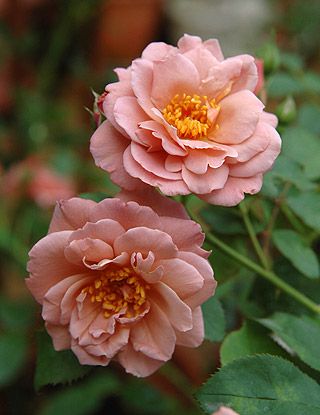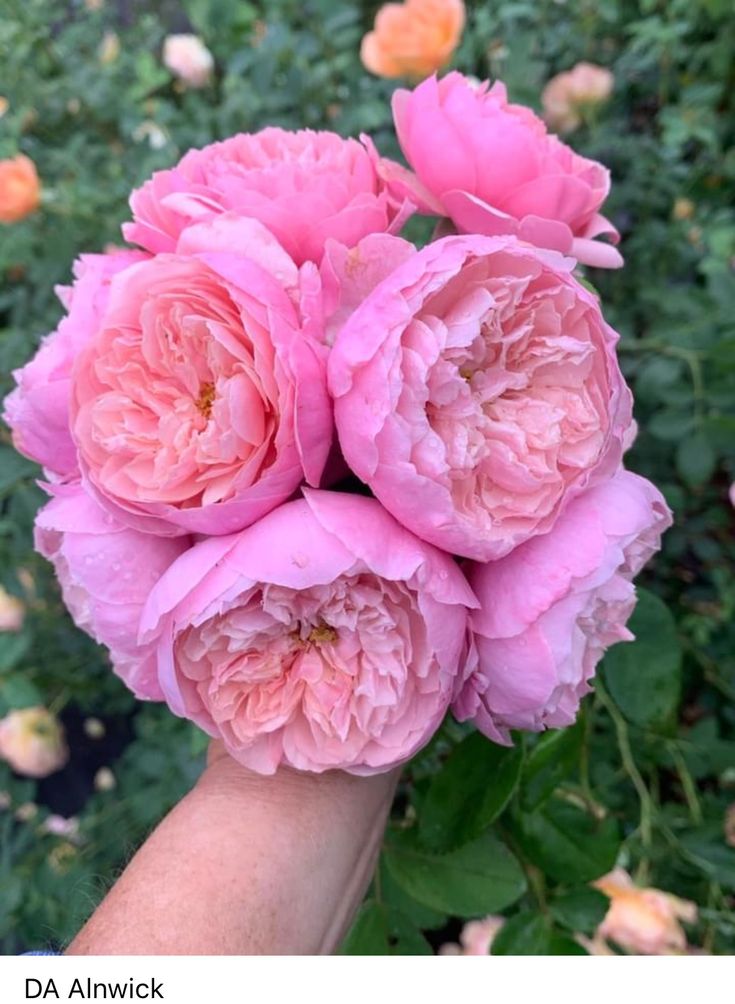Embarking on the journey of growing your own vegetables from seed is a rewarding and fulfilling endeavor. Whether you’re a novice gardener or seasoned enthusiast, starting a vegetable garden from seed offers a sense of connection to the natural world, a bounty of fresh produce, and the satisfaction of nurturing plants from their earliest stages. In this comprehensive guide, we’ll walk you through the essential steps and practical tips for successfully starting your vegetable garden from seed and watching it flourish into a thriving oasis of homegrown goodness.











Planning Your Vegetable Garden
- Selecting a Site: Choose a sunny location with well-drained soil for your vegetable garden. Most vegetables require at least 6-8 hours of direct sunlight daily to thrive. Consider factors such as soil quality, accessibility to water, and proximity to your home for convenience.
- Choosing Vegetables: Determine which vegetables you’d like to grow based on your preferences, available space, and growing conditions. Consider factors such as climate, seasonality, and the nutritional needs of your household when selecting vegetable varieties.
Gathering Supplies
- Seeds: Choose high-quality vegetable seeds from reputable seed suppliers or nurseries. Select varieties that are well-suited to your climate and growing conditions, and consider factors such as disease resistance, yield potential, and flavor.
- Containers or Seed Trays: Depending on your space and preference, you can start seeds indoors in seed trays, peat pots, or recycled containers, or sow them directly into the garden soil. Ensure that containers have drainage holes to prevent waterlogging and promote healthy root growth.
Starting Seeds Indoors
- Timing: Start seeds indoors 6-8 weeks before the last frost date in your area. Consult a local gardening calendar or extension service for recommended planting dates based on your climate zone.
- Sowing Seeds: Fill seed trays or containers with a high-quality seed-starting mix, moisten the soil, and sow seeds according to the instructions on the seed packet. Plant seeds at the appropriate depth, firm the soil gently, and label each container with the vegetable variety and planting date.
Caring for Seedlings
- Light: Place seed trays in a bright, sunny location or under grow lights to provide adequate light for seedling growth. Rotate trays regularly to ensure uniform light exposure and prevent leggy growth.
- Watering: Keep seedlings evenly moist but not waterlogged. Use a gentle watering method to avoid disturbing delicate seedlings, and water from the bottom to encourage strong root development.
Transplanting Seedlings
- Hardening Off: Before transplanting seedlings into the garden, gradually acclimate them to outdoor conditions by exposing them to increasing periods of sunlight and outdoor temperatures. Start with a few hours of outdoor exposure per day and gradually increase the duration over the course of 1-2 weeks.
- Planting Out: Choose a mild, overcast day for transplanting seedlings into the garden to minimize transplant shock. Dig a hole slightly larger than the root ball of each seedling, gently remove seedlings from their containers, and plant them at the same depth as they were growing in the seed trays. Water thoroughly after planting to settle the soil around the roots.
Caring for Your Vegetable Garden
- Watering: Keep the soil consistently moist but not waterlogged, especially during periods of dry weather or drought. Water deeply and infrequently to encourage deep root growth and minimize moisture stress.
- Mulching: Apply a layer of organic mulch, such as straw, shredded leaves, or grass clippings, around vegetable plants to suppress weeds, conserve moisture, and regulate soil temperature. Mulching also helps prevent soil erosion and adds organic matter to the soil as it decomposes.
Harvesting Your Bounty
- Monitoring Growth: Keep an eye on your vegetable garden as plants grow and develop. Monitor for signs of pests, diseases, or nutrient deficiencies, and take appropriate action to address any issues promptly.
- Harvesting: Harvest vegetables when they reach peak ripeness and flavor, typically indicated by color, size, and texture. Use clean, sharp garden shears or scissors to harvest vegetables to minimize damage to plants and ensure optimal flavor and quality.
Conclusion
Starting a vegetable garden from seed is a rewarding and empowering experience that allows you to connect with nature, nurture living plants, and enjoy the fruits of your labor. By following the steps outlined in this guide and applying practical tips for success, you can embark on your gardening journey with confidence and watch your vegetable garden flourish from seed to harvest. So roll up your sleeves, dig in the dirt, and let the magic of gardening transform your home into a vibrant oasis of homegrown goodness.